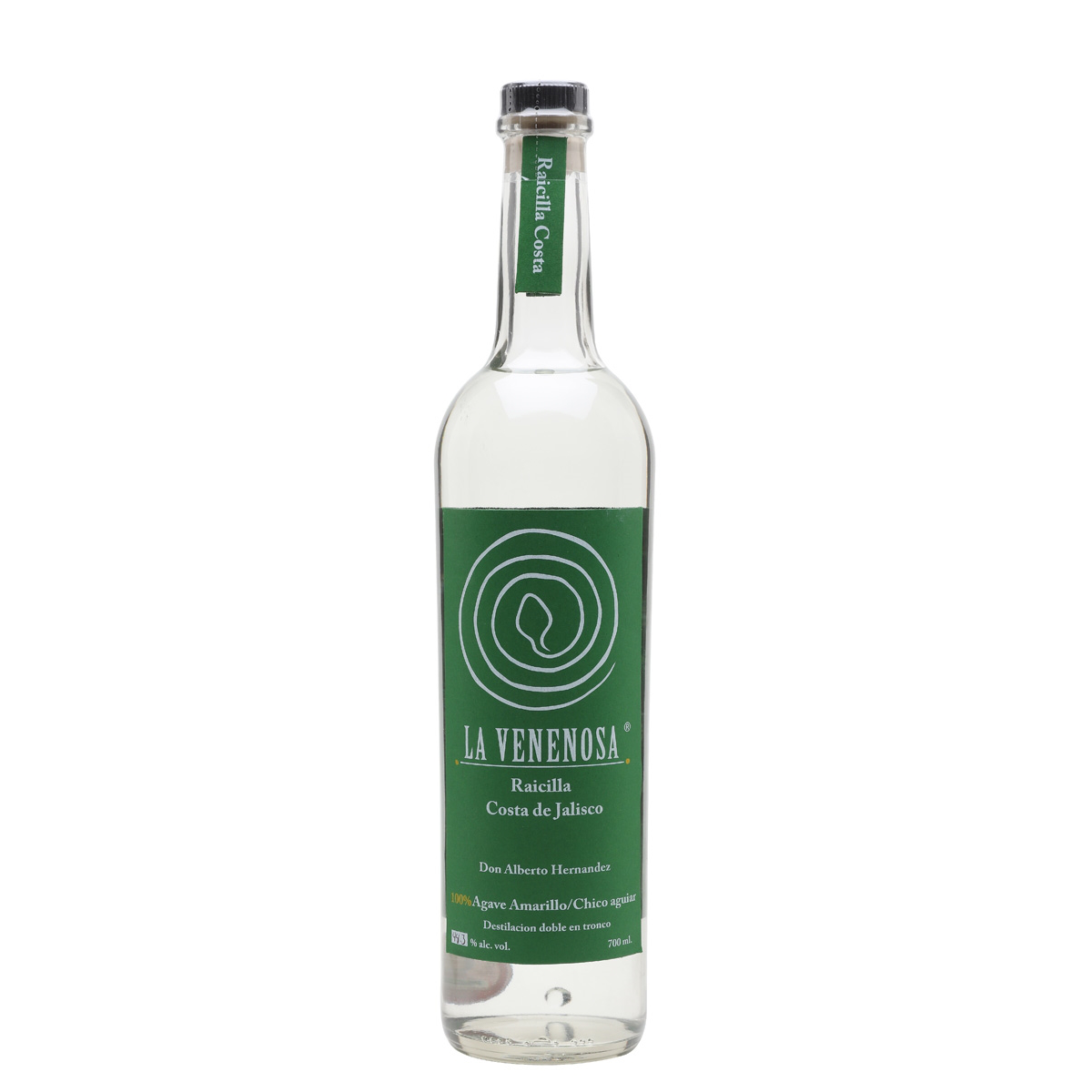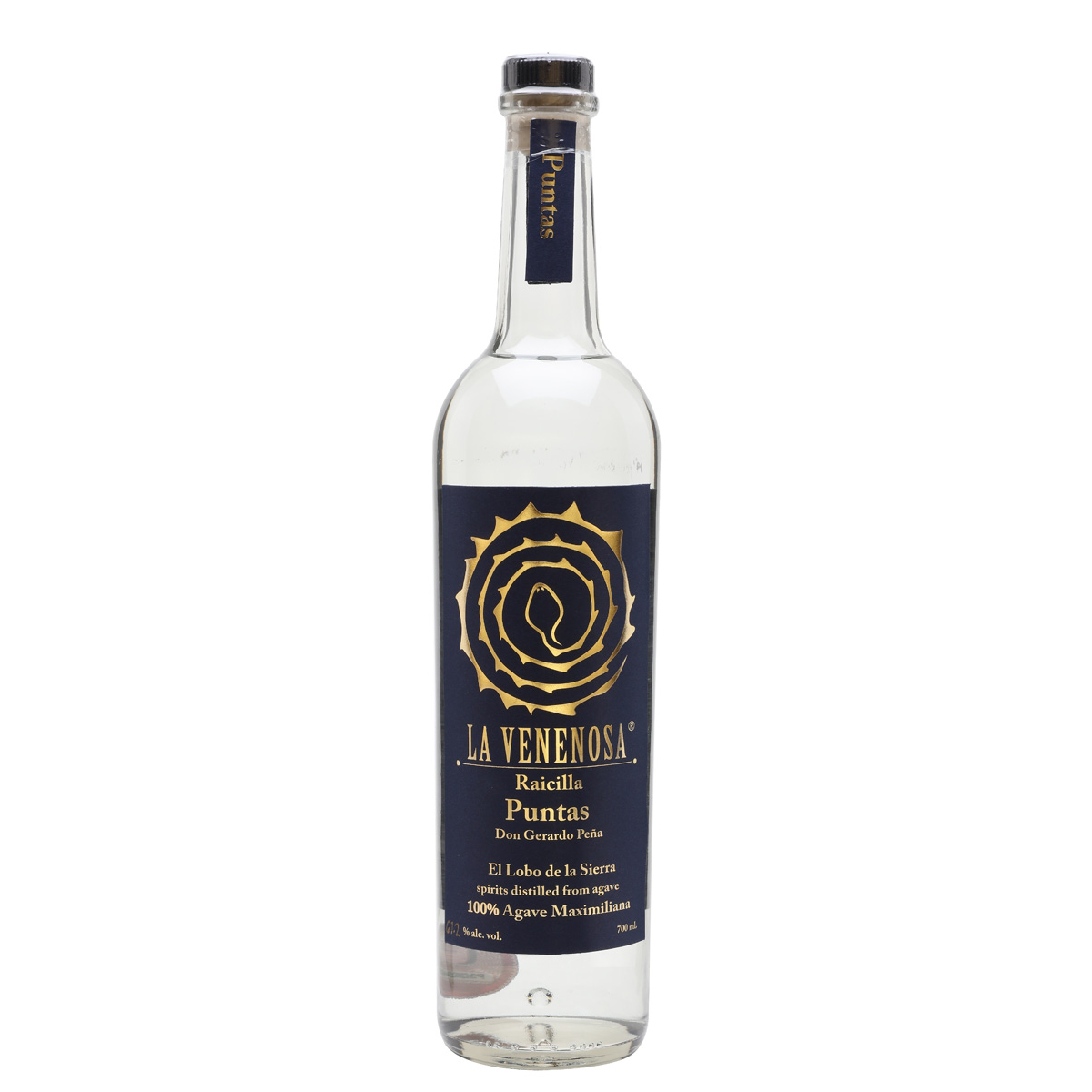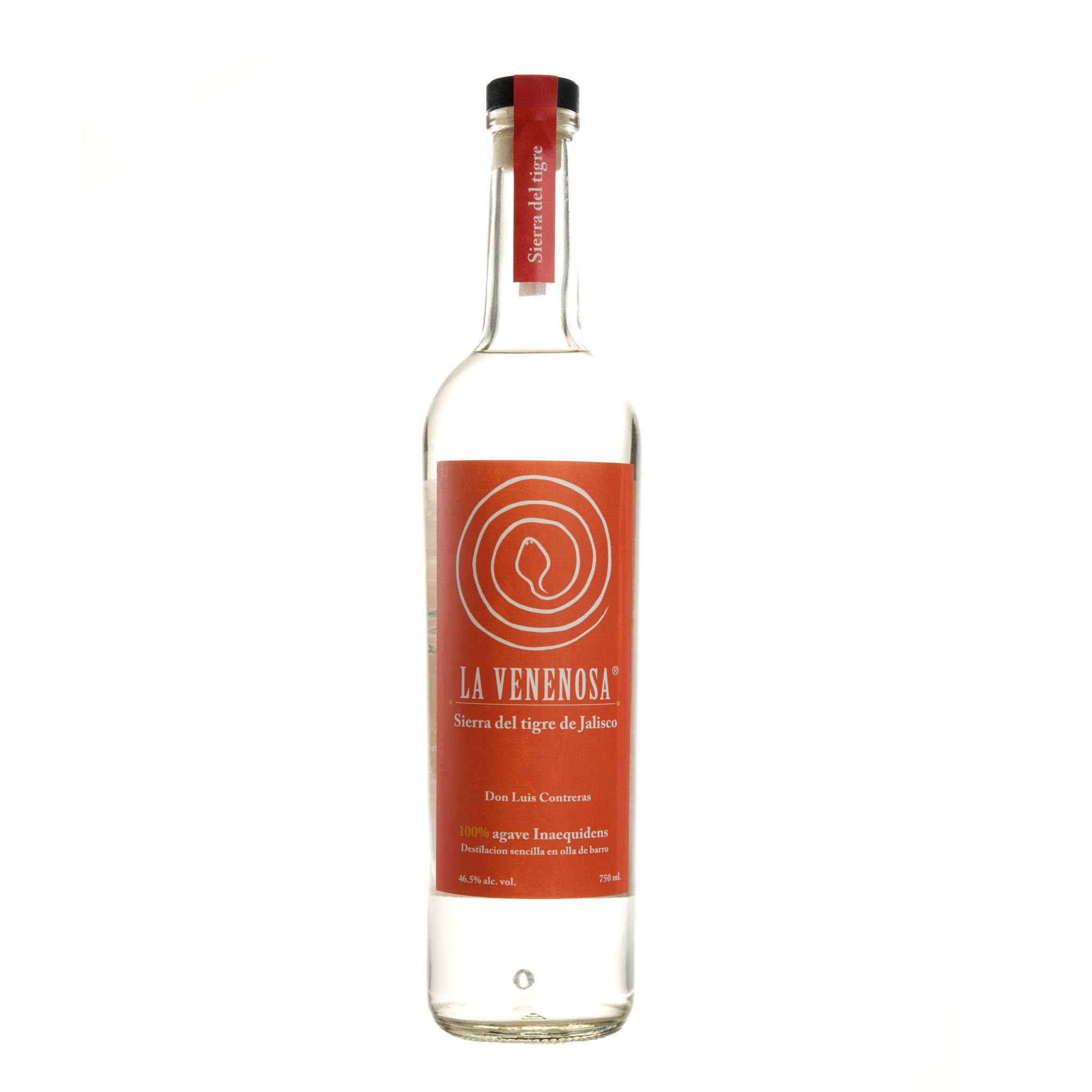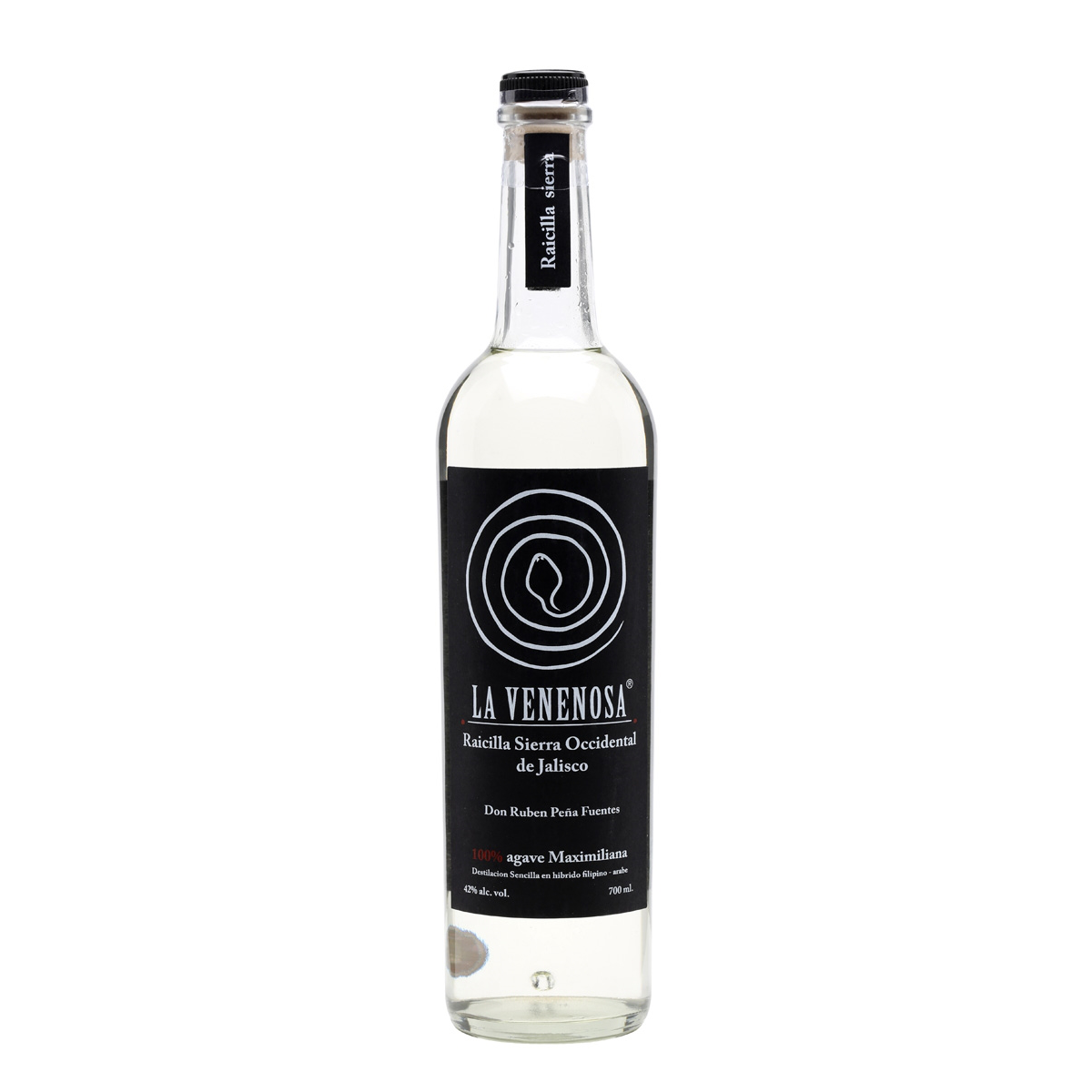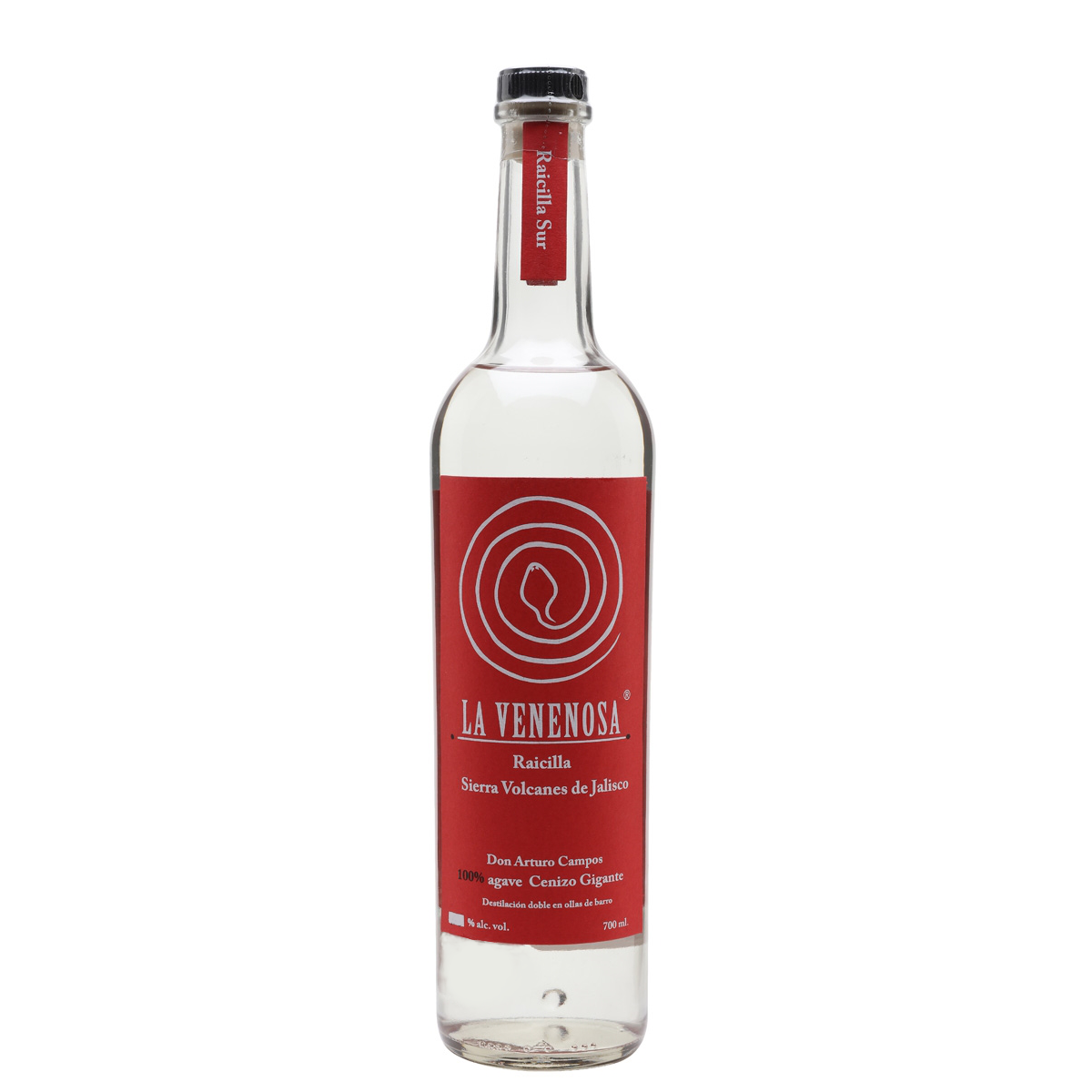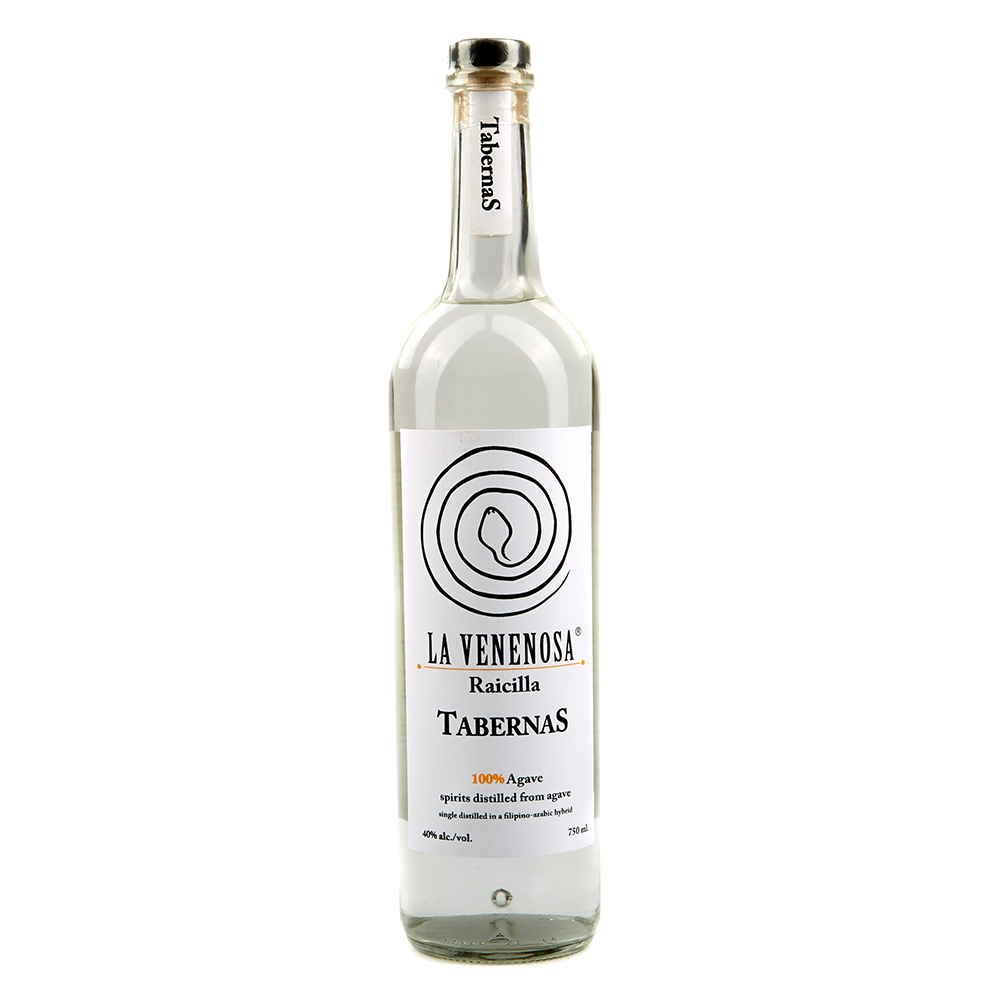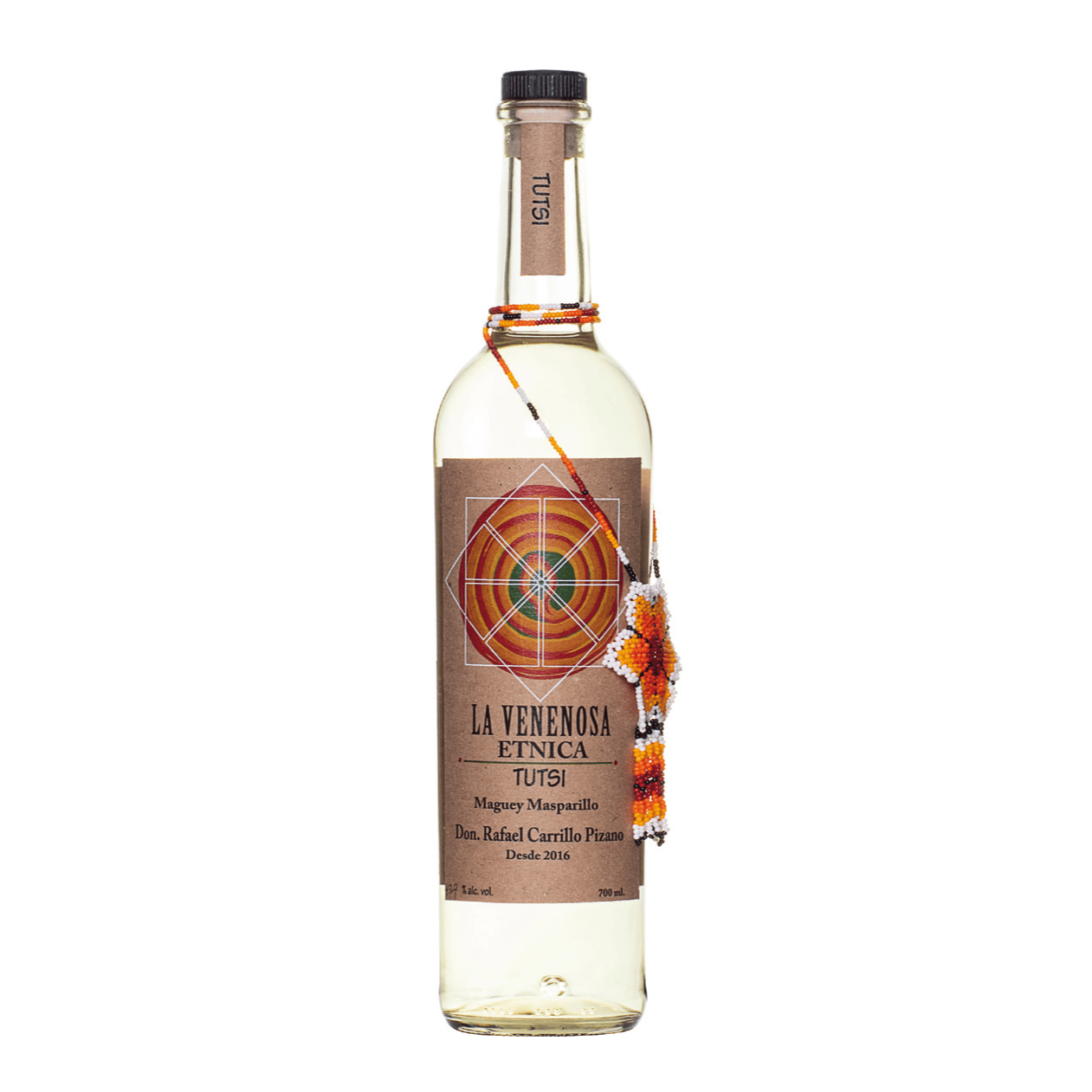ABOUT RAICILLA
Raicilla is one of the many different varieties of spirits that can be distilled out of the Agave plant and has its origin in what we historically would call Mezcal. As discussed in our other videos, Mezcal in its historical meaning can encompass all Agave distilled spirits from Mexico, but nowadays has its own rules. Raicilla means ‘little root’ and refers to the Agave plant, as the plant itself is massive, but the root’s aren’t particularly deep.
Raicilla is a type of Mezcal that falls outside of the modern day rules, meaning that it has its own denomination now and its own set of rules of what can be considered Raicilla.
Raicilla is still deeply rooted in tradition and the ancestral ways of making Mezcal and finding Raicilla outside of Mexico is uncommon. Important to note is that Raicilla can only come from the state of Jalisco. And although most Raicilla is still being produced in the Ancestral ways, more modern ways of production are becoming popular in Raicilla following the success of Mezcal and Tequila on the international market.
The production and rules around Racilla are almost identical to those of Mezcal, except the states in which this product can be produced. Raicilla can be produced from any type of Agave and producers usually opt for either wild or semi cultivated agaves that grow either on their own fields or which they can buy from local farmers. Sometimes producers use multiple varieties in one finished production ending up with a product which we refer to as ‘ensemble’. Production of Raicilla is split up the same way that Mezcal can be differentiated, so either Industrial, Artisanal or Ancestral. Raicilla has to be produced from a 100% agave though and cannot include any other forms of sugar in its production. Raicilla is typically only distilled once, but can undergo a second distillation or even continuous distillation depending on the style of raicilla.
Regular Raicilla, or Industrial Raicilla, includes ways of production that allows the use of Autoclaves for the cooking of the agaves and roller mills for the shredding. Distillation of the product can happen in big copper pot stills or even column style distillation.
Artisanal style of Raicilla follows the same rules as Artisanal Mezcal. This means that the use of Autoclave and roller mills are prohibited. The agaves have to be cooked in either a pit oven or in brick and the crushing of the agave has to happen by hand or other traditional ways, such as a Tahona which is a big stone wheel turned on its side and rolls around to crush the cooked agave. Mechanical shredding with a roller mill is however allowed. Distillation can happen in pot stills, but also wooden or clay style stills.
Now Ancestral style raicilla is the raicilla that is made the old fashioned way. So meaning the agaves are cooked in a pit oven, typically crushed by hand or a tahona and distillation is only allowed in wooden or clay stills. Important to note is that the natural agave fibres have to be present during the fermentation process.
After distillation, raicilla is rarely aged, but it is possible. More common is a style which they call “Glass ageing”. Storing the raicilla in glass containers such as bottles or large flasks for up to a year. Because this does not allow for any breathing or interacting with wood, we can’t consider this ageing, but it is a way to let the flavours mellow out over time creating a Raicilla that has a smoother taste and texture without the spirit actually interacting with anything else but itself.
Reposado or Anejo Raicilla exists and follows the same rules as with Tequila and Mezcal, meaning that a reposado Raicilla has been aged on wood for a minimum of 2 months up to a year and Anejo for more than a year.
Raicilla is mainly consumed locally in Jalisco and produced by small distillers, but luckily we are getting some expressions out in the western markets as well. If you find a bottle of Raicilla chances are that the batch sizes are extremely small.

